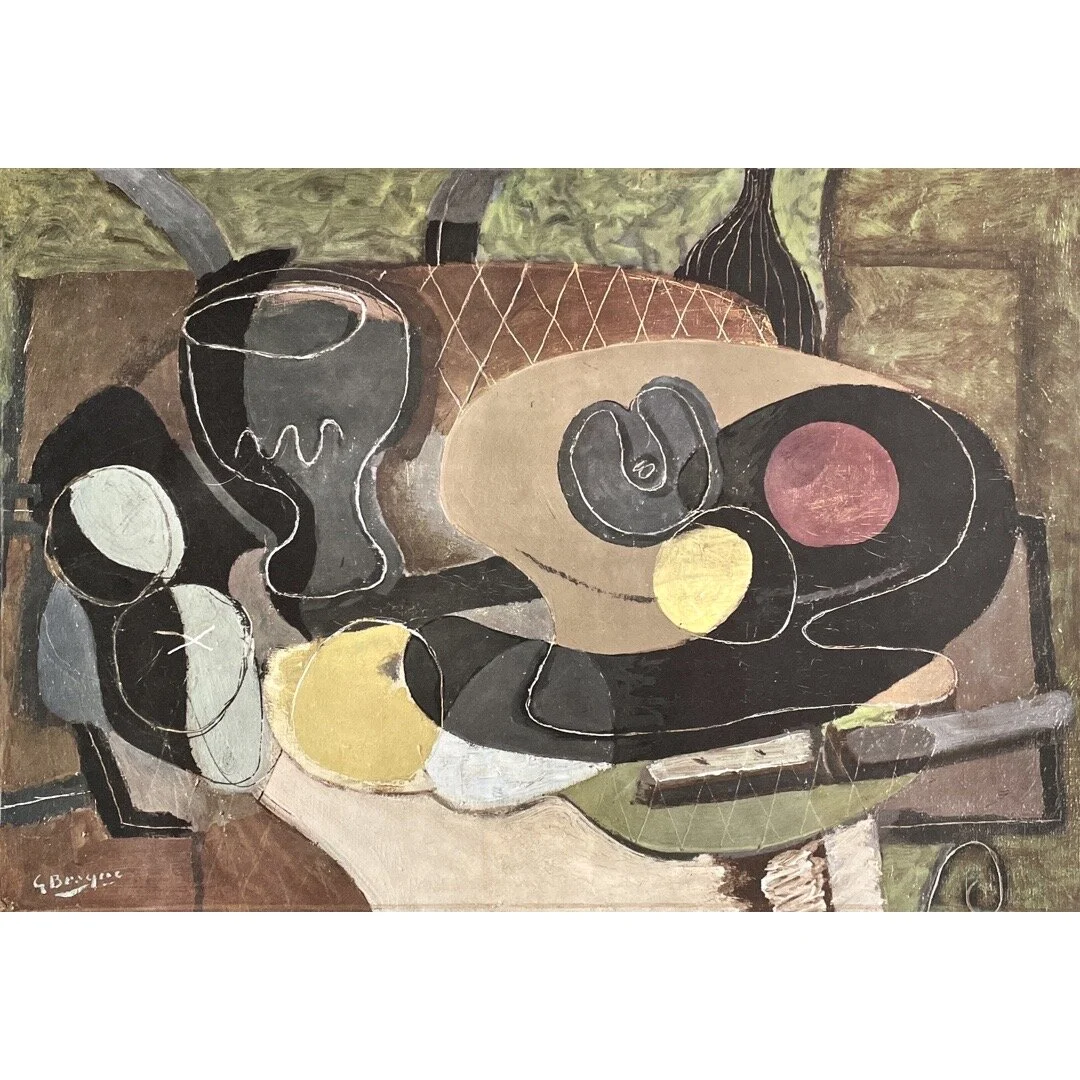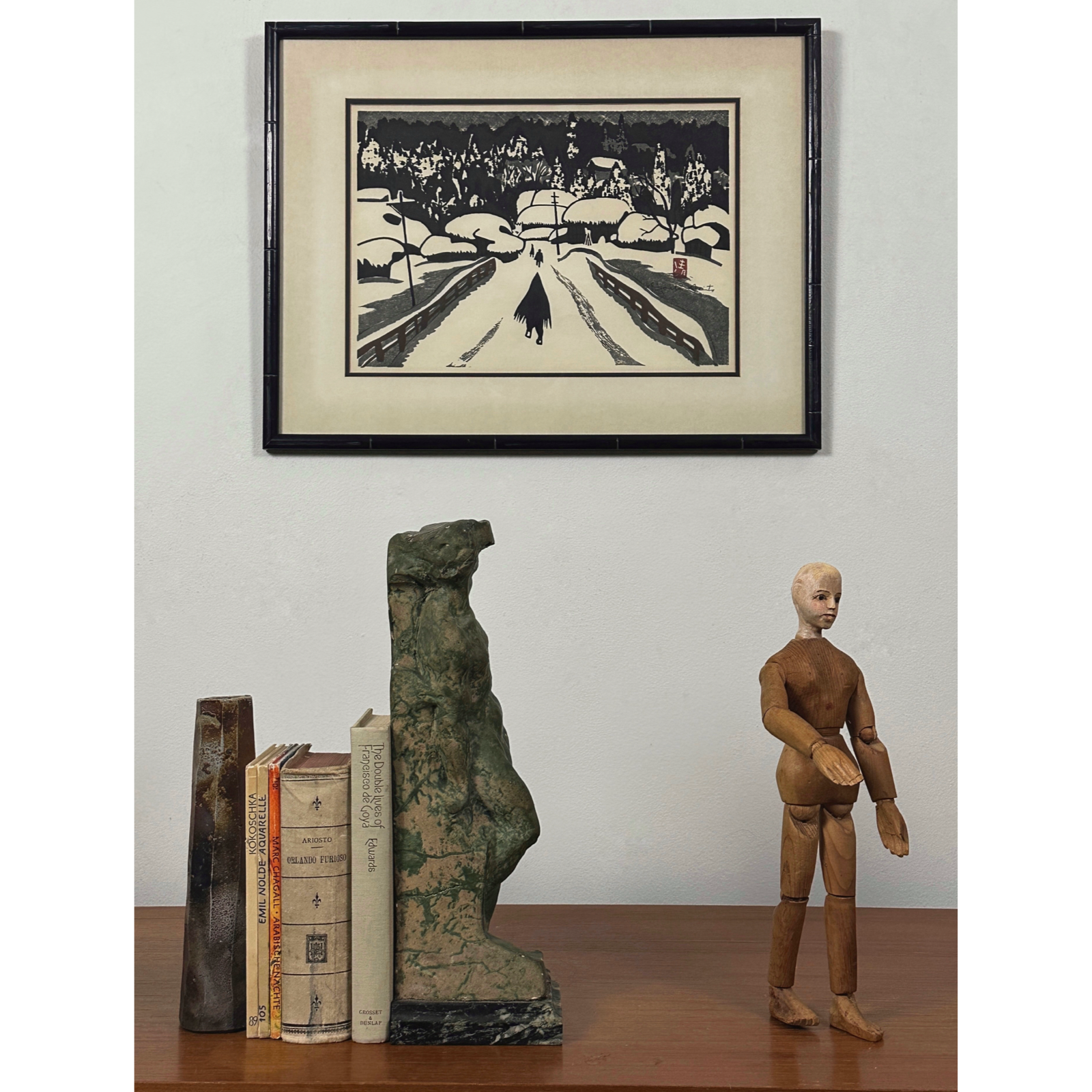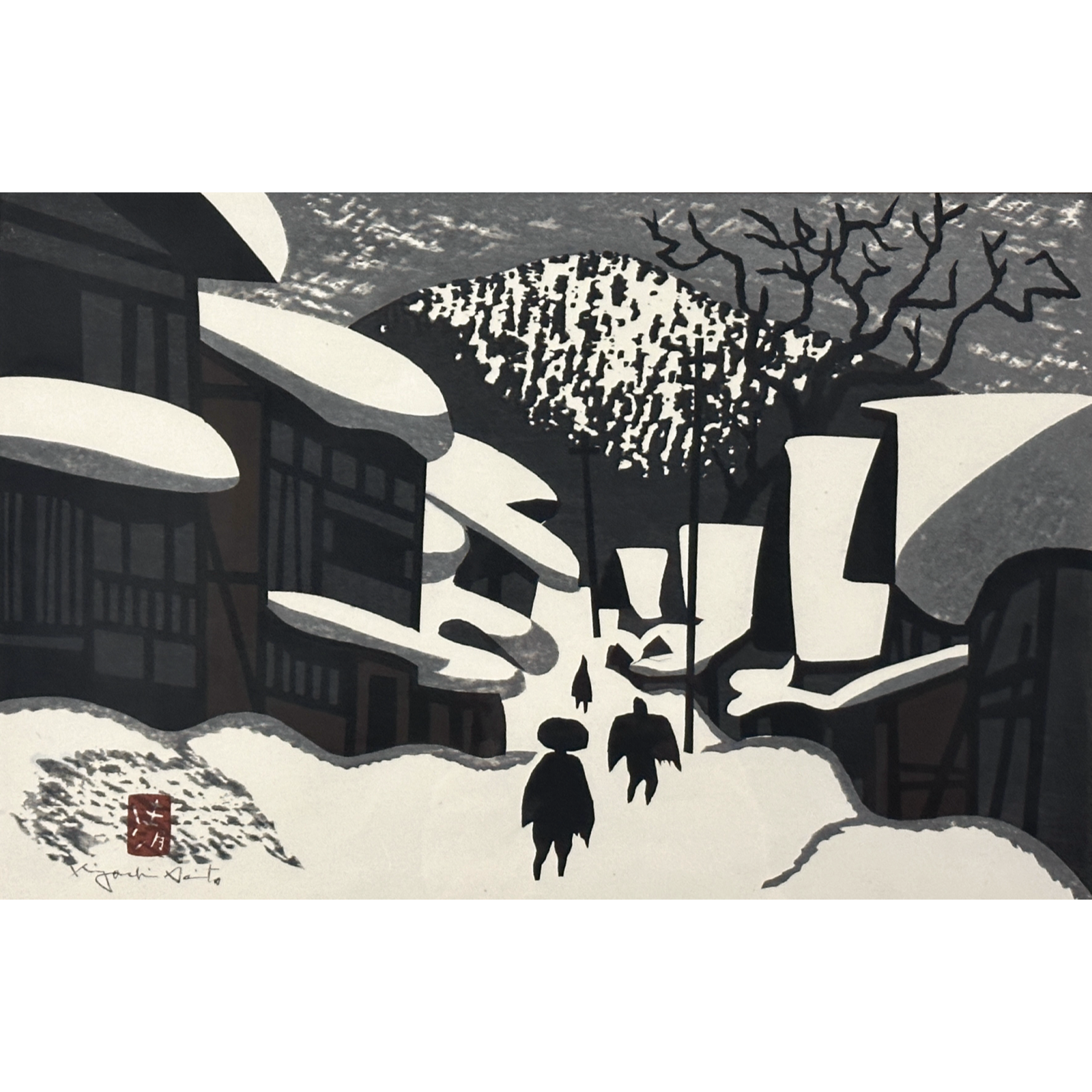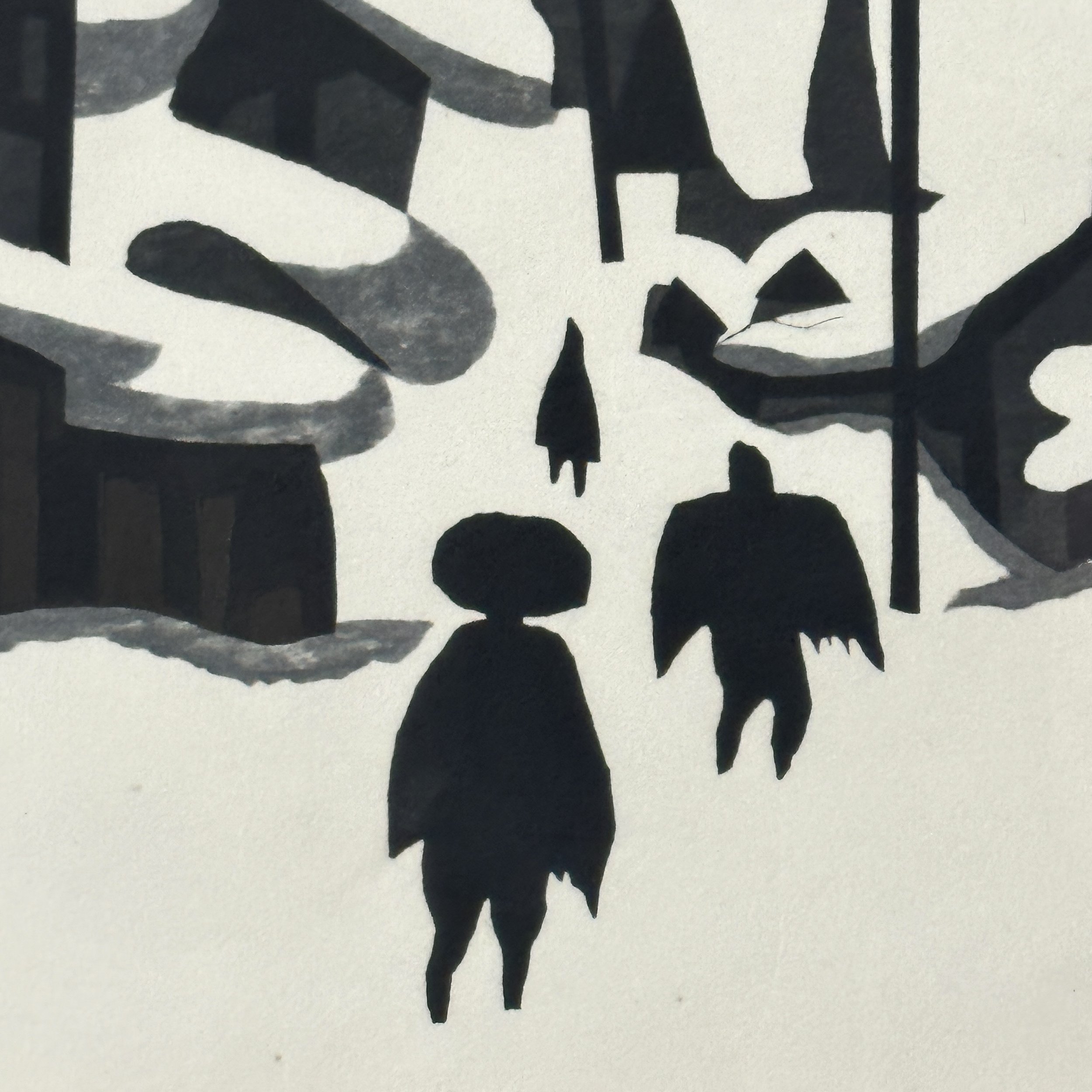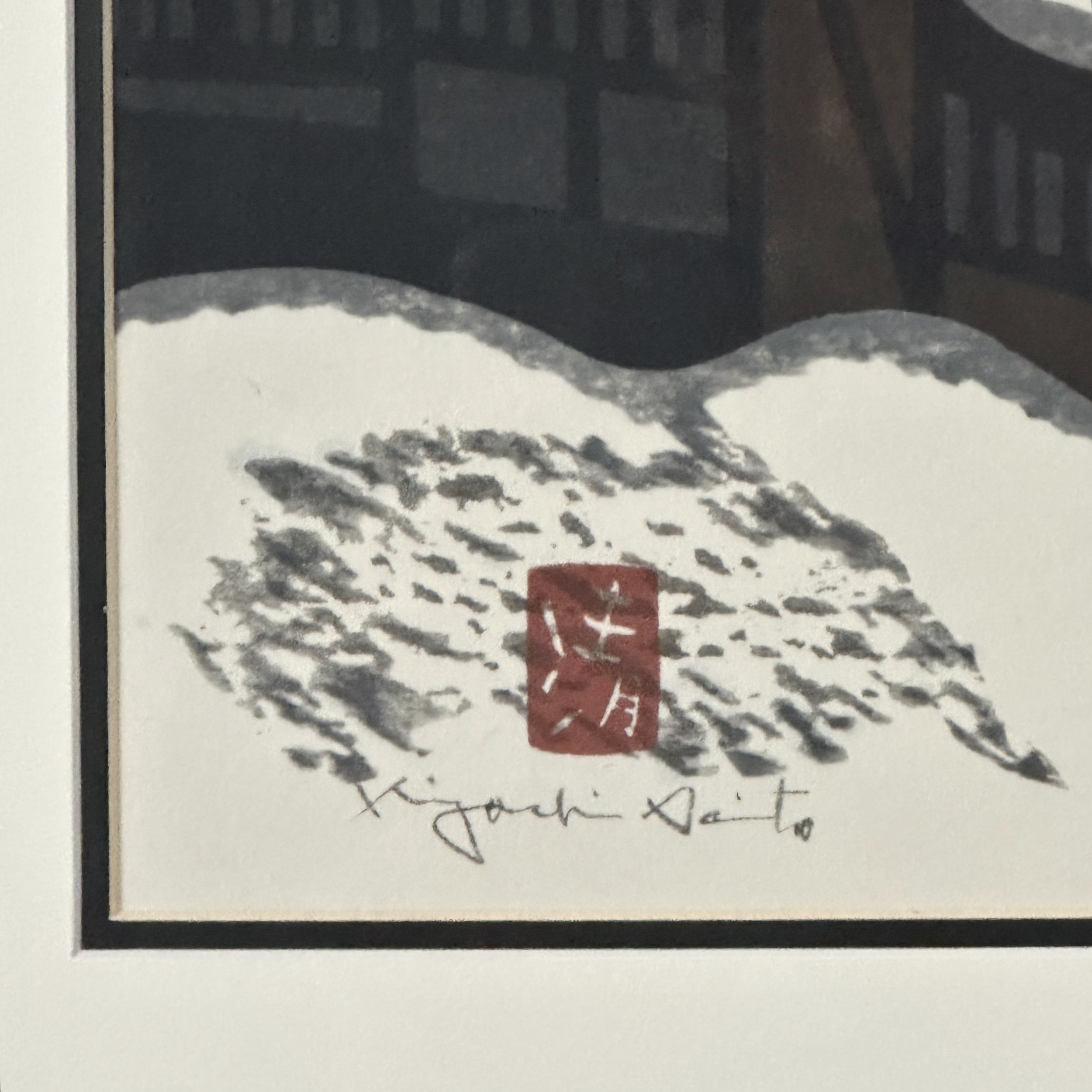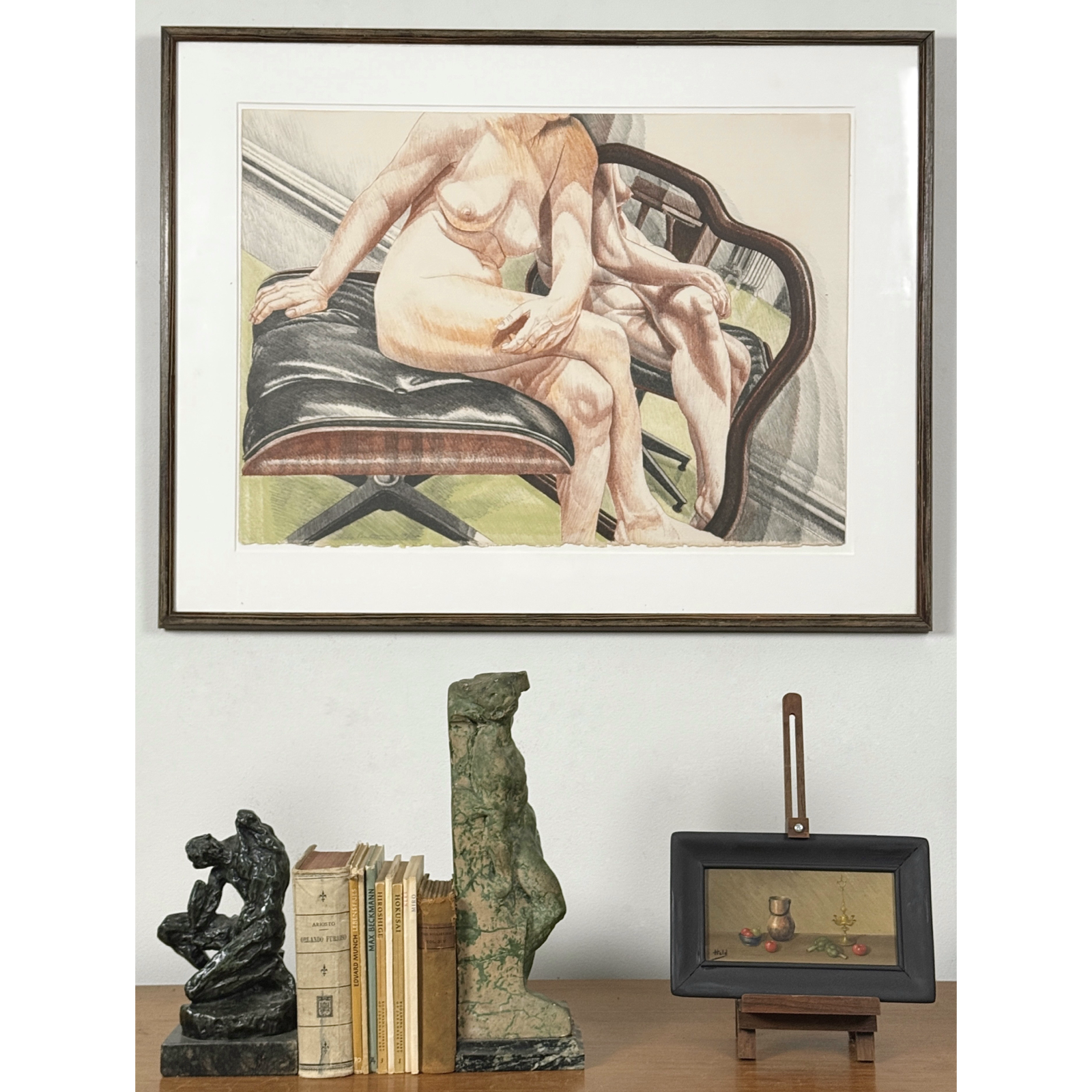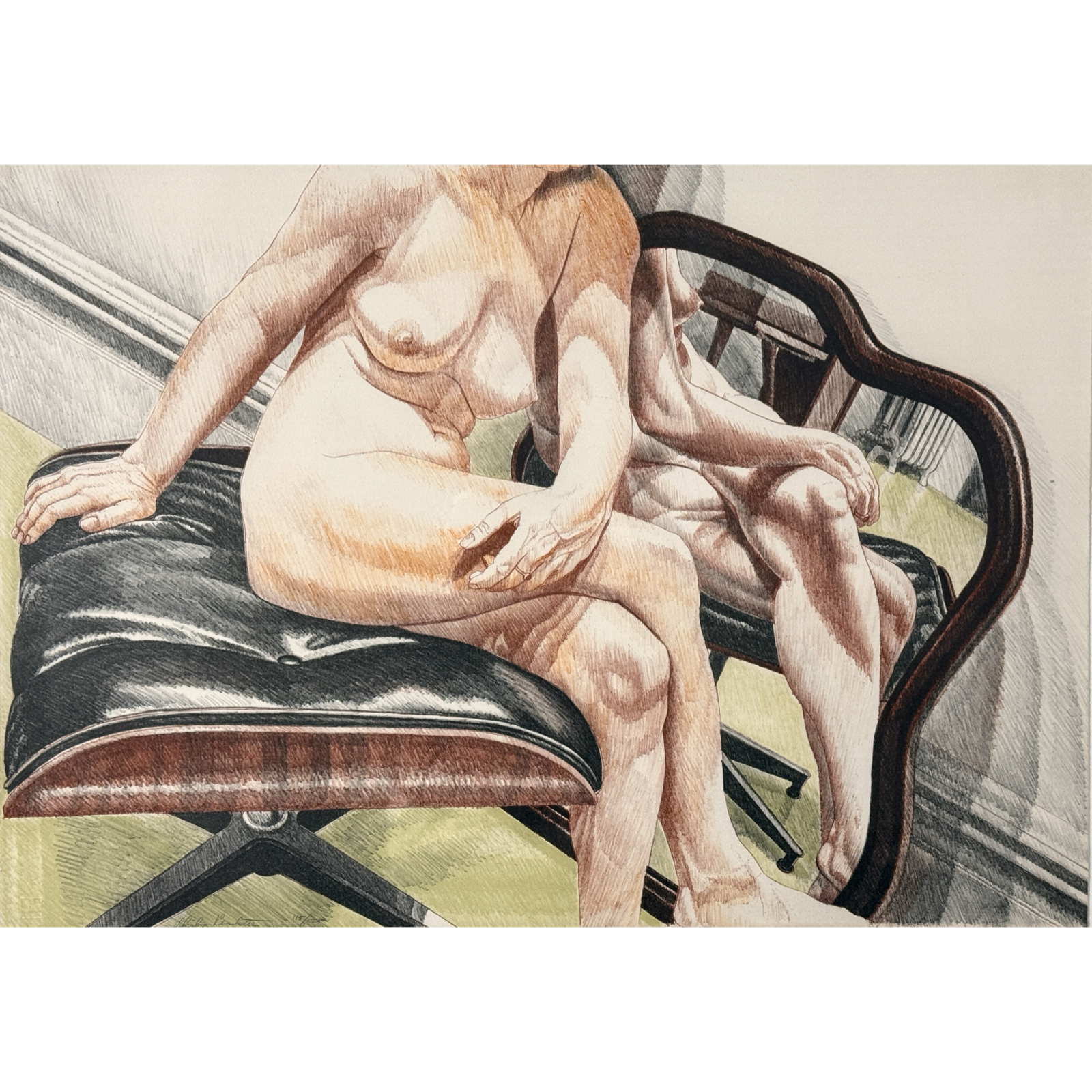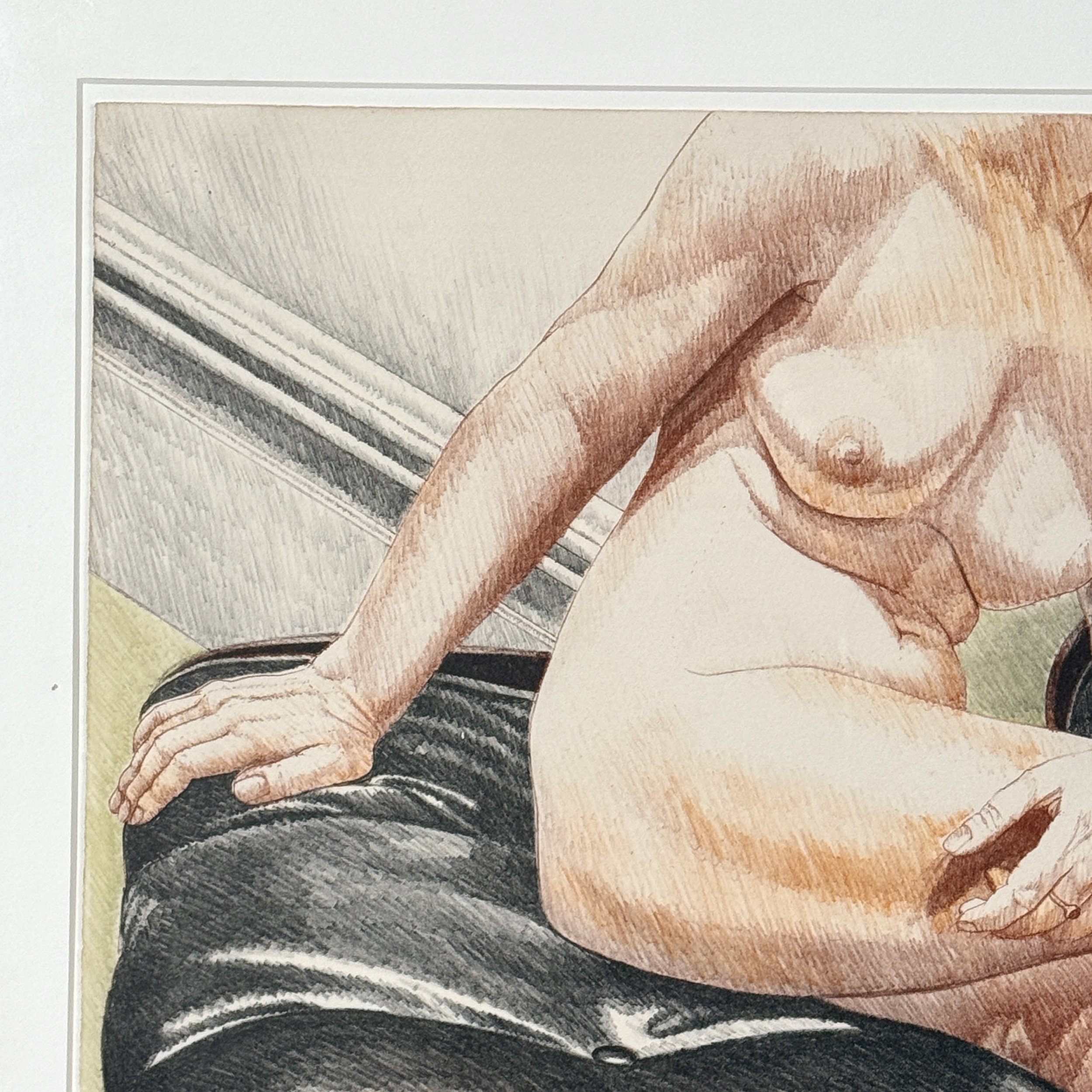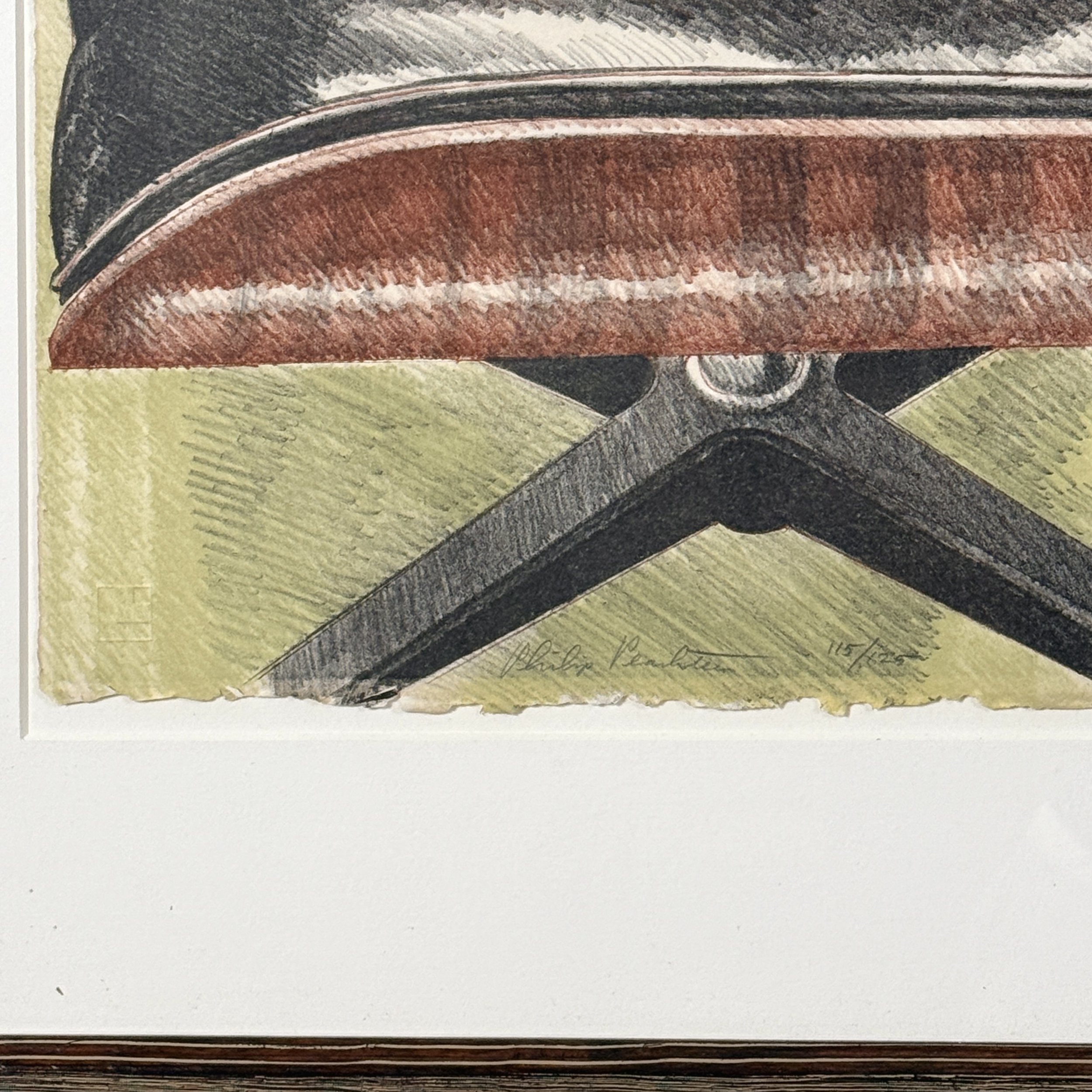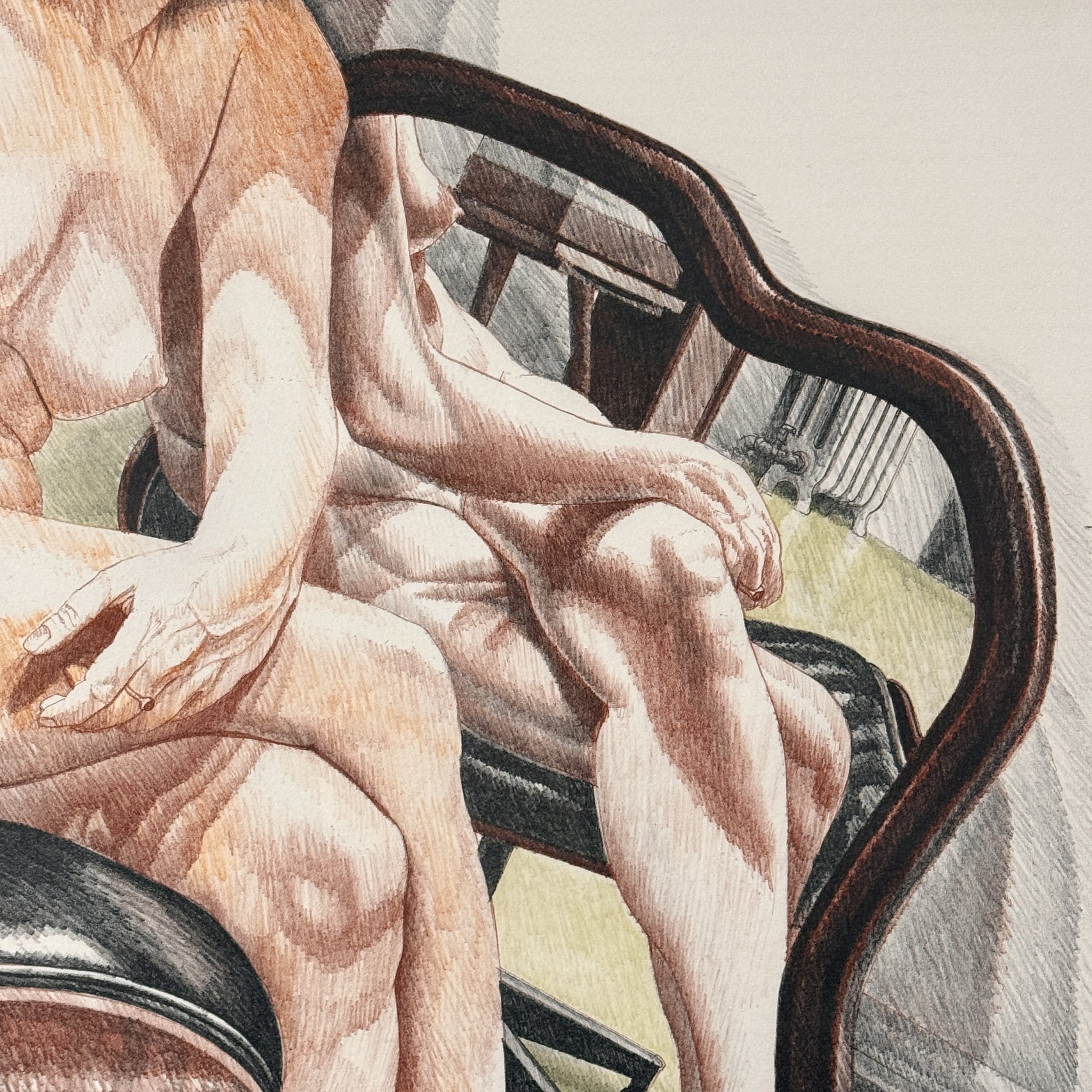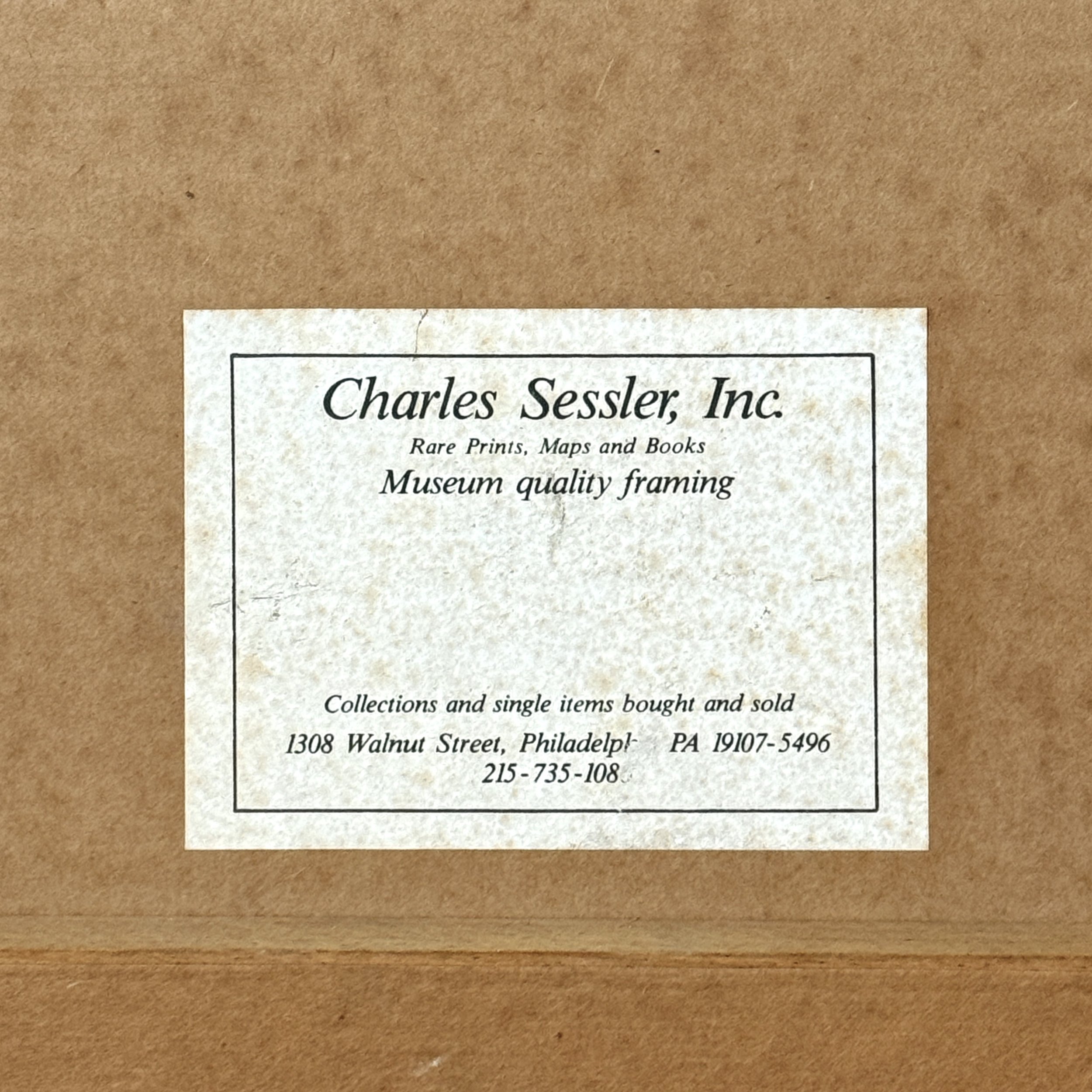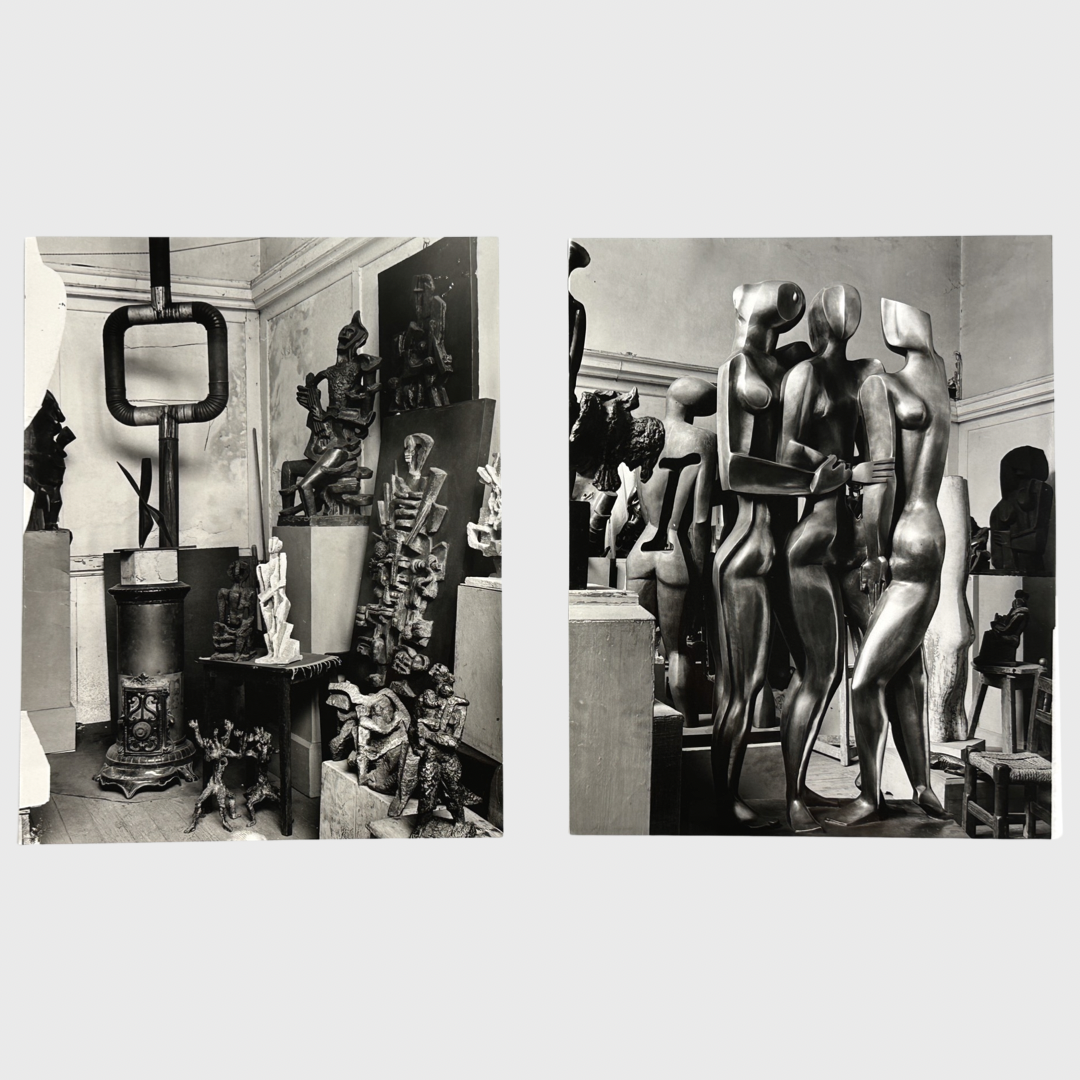 Image 1 of 7
Image 1 of 7

 Image 2 of 7
Image 2 of 7

 Image 3 of 7
Image 3 of 7

 Image 4 of 7
Image 4 of 7

 Image 5 of 7
Image 5 of 7

 Image 6 of 7
Image 6 of 7

 Image 7 of 7
Image 7 of 7








Walter Drayer - Set of Three Original Prints of Ossip Zadkine (Estate stamped)
Three original black and white prints of Ossip Zadkine and his studio by Walter Drayer. Catalog number and estate stamp present en verso. Two prints are of his studio with sculptures and oven. Last photo is a portrait of the artist. In used condition with wear consistent with age. Light creases to the bottom of the sculpture prints and remnants of adhesive in the top left of the portrait of the artist. Each print is stamped on the back by the estate.
SIze: (largest) 12 x 9.375 in
Drayer was the in-house photographer at the Kunsthaus Zurich since 1937. Drayer also illustrated around 200 art catalogues and created a portrait series "Artists in the workshop" for the magazine Werk from 1940-1954.
Painter and sculptor Ossip Zadkine was born in Vitebsk, in the Russian Empire (now in Belarus). In 1905 he was sent to stay with relatives in Sunderland, England, and became interested in wood carving after watching his uncle make furniture. The following year he moved to London to study art, intending to earn a living as a stonecutter. There, he became friends with the artist David Bomberg, who took him to the British Museum and introduced him to classical sculpture. Zadkine later moved to Paris, where he was associated with the School of Paris and was particularly influenced by Cubism. Taking the human body as his primary subject, he would often return to sculpting heads and torsos. From around 1925, he began to model in bronze, developing more complex compositions, sometimes with several figures.
Three original black and white prints of Ossip Zadkine and his studio by Walter Drayer. Catalog number and estate stamp present en verso. Two prints are of his studio with sculptures and oven. Last photo is a portrait of the artist. In used condition with wear consistent with age. Light creases to the bottom of the sculpture prints and remnants of adhesive in the top left of the portrait of the artist. Each print is stamped on the back by the estate.
SIze: (largest) 12 x 9.375 in
Drayer was the in-house photographer at the Kunsthaus Zurich since 1937. Drayer also illustrated around 200 art catalogues and created a portrait series "Artists in the workshop" for the magazine Werk from 1940-1954.
Painter and sculptor Ossip Zadkine was born in Vitebsk, in the Russian Empire (now in Belarus). In 1905 he was sent to stay with relatives in Sunderland, England, and became interested in wood carving after watching his uncle make furniture. The following year he moved to London to study art, intending to earn a living as a stonecutter. There, he became friends with the artist David Bomberg, who took him to the British Museum and introduced him to classical sculpture. Zadkine later moved to Paris, where he was associated with the School of Paris and was particularly influenced by Cubism. Taking the human body as his primary subject, he would often return to sculpting heads and torsos. From around 1925, he began to model in bronze, developing more complex compositions, sometimes with several figures.


